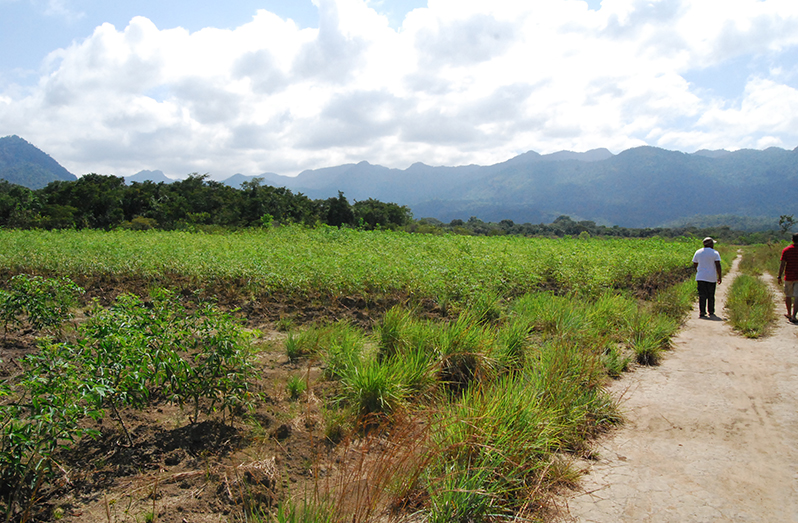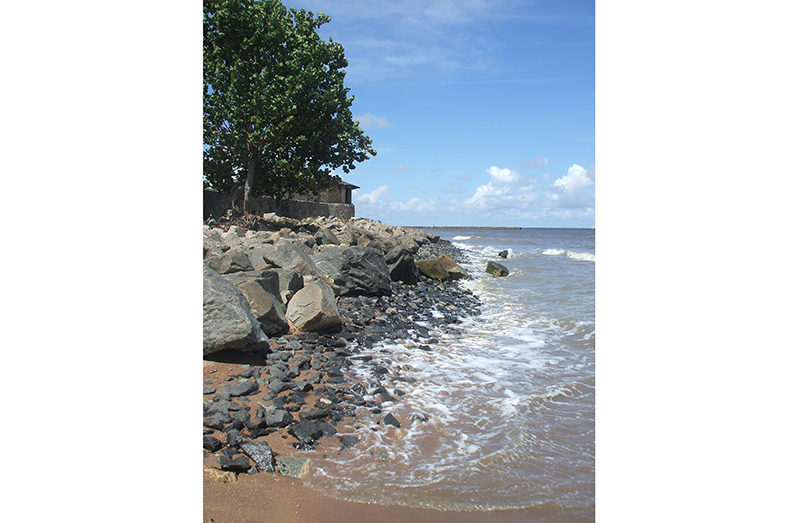On May 16, 1985, three scientists from the British Antarctic Survey announced their detection of abnormally low levels of ozone over the South Pole. Their discovery, commonly known as the Ozone Hole, became a palpable example of mankind’s ability to damage the Earth’s atmosphere and one of the most famous success stories in the history of climate activism.
But there is good news: the international community was quick to act. Within two years, in direct response to the nature article and corroborating studies, 46 nations signed the Montreal Protocol, pledging to phase out substances known to cause ozone depletion. All 197 members of the United Nations would eventually ratify the treaty. As a result, scientists now predict that the ozone layer will return to its pre-1980 levels before the end of the 21st century. The relative speed and unanimous adoption of the treaty around the world led former UN Secretary-General Kofi Annan to call the Montreal Protocol “perhaps the single most successful international agreement to date.”
Ozone-depleting substances
The ozone layer is a protective shield of gas which guards the Earth from the sun’s harmful UV rays, thus, helping to preserve life on Earth in the process. The ‘hole’ in the ozone layer developed because of various man-made products which contained chemicals that contributed to the depletion of the ozone layer, more commonly known as ozone-depleting substances (ODS). These include: Aerosols, Sterilant and Carbon Tetrachloride, Foams, Halons, Methyl bromide and HCFCs (hydrochlorofluorocarbons)
Guyana is among the countries that agreed to reduce the use of ozone-depleting substances such as CFCs (chlorofluorocarbons). This is done through the National Ozone Action Unit (NOAU) within the Hydrometeorological Department, which is responsible for implementing the Protocol. Ozone depletion is a major environmental problem because it increases the amount of ultraviolet (UV) radiation that reaches Earth’s surface, which increases the rate of skin cancer, eye cataracts, and genetic and immune system damage, among other effects.
Fixing the ozone layer and reducing climate change.

Ozone depletion and climate change are linked in several ways, but ozone depletion is not a major cause of climate change.
Atmospheric ozone has two effects on the temperature balance of the Earth. It absorbs solar ultraviolet radiation, which heats the stratosphere.
Climate change encompasses global warming but refers to the broader range of changes that are happening to our planet. Climate Change is caused primarily by putting too much carbon dioxide into the atmosphere when coal, oil, and natural gas are burned to generate electricity or to run our cars. Carbon dioxide spreads around the planet like a blanket, and is one of the main gases responsible for the absorption of infrared radiation (felt as heat), which comprises the bulk of solar energy.
Ozone depletion, on the other hand, involves how certain industrially produced chemicals containing chlorine or bromine are damaging the earth’s protective stratospheric ozone layer. However, as the global community has come to understand more about these issues, and the complex physical and chemical processes that drive them, we have become increasingly aware of how actions to address each are interlinked. The most obvious linkage between efforts to mitigate ozone depletion and climate change is the fact that certain ozone-depleting substances (ODS), such as chlorofluorocarbons (CFCs) and hydrochlorofluorocarbons (HCFCs) are also powerful greenhouse gases.
It is clear that actions to mitigate climate change can have positive effects on ozone depletion and vice versa.
Many of us might not understand how important the ozone layer is to our planet, so that is why we should take more care of our environment so we don’t deplete our ozone layer even more.

How can we help the government to save the ozone layer?
Conserve energy – at home, at work, everywhere;
Look for the ENERGY STAR label when buying home or office equipment;
Carpool, use public transportation, bike, or walk whenever possible;
Follow gasoline refuelling instructions for efficient vapour recovery, being careful not to spill fuel and always tightening your gas cap securely;
Consider purchasing portable gasoline containers labelled “spill-proof,” where available;
Keep car, boat, and other engines properly tuned;
Be sure your tires are properly inflated;
Use environmentally safe paints and cleaning products whenever possible;
Mulch or compost leaves and yard waste; and
Consider using gas logs instead of wood.
Educate ourselves on the topic- reading on these topics will encourage us to take better care of our planet for our future generations.
You can share your ideas and questions by sending letters to: “Our Earth, Our Environment”, C/O Communications Department, Environmental Protection Agency, Ganges Street, Sophia, GEORGETOWN, or email us at: eit.epaguyana@gmail.com. Follow us on Facebook and Instagram and subscribe to our YouTube channel.



.jpg)











